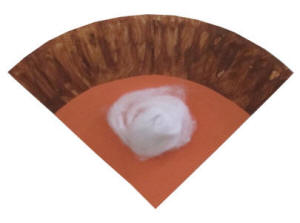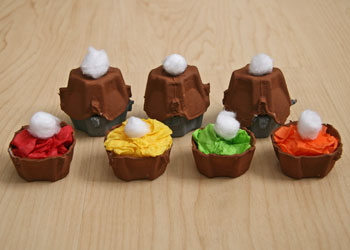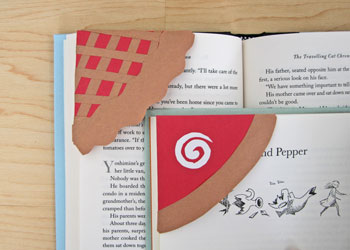DLTK's Nursery Rhymes for Kids
Little Jack Horner
Little Jack Horner
Sat in
the corner,
Eating a Christmas pie;
He put in his thumb,
And pulled
out a plum,
And said "What a good boy am I!"
Little Jack Horner Coloring Pages:
Little Jack Horner Crafts:
Little Jack Horner Printable Resources:
Little Jack Horner Printable Puzzle Worksheets:
The History of "Little Jack Horner"
"Little Jack Horner" is a well-known nursery rhyme that has entertained children and adults alike for generations. The rhyme tells the story of Jack Horner, who sits in a corner eating a Christmas pie and pulls out a plum with his thumb, proclaiming his cleverness. The simplicity and vivid imagery of the rhyme have made it a staple in children's literature.
Origins and Early History
The origins of "Little Jack Horner" can be traced back to the 18th century. The earliest known printed version of the rhyme appeared in 1725 in a ballad called "Namby Pamby" by Henry Carey. However, the rhyme is believed to be older, possibly originating in the 16th century during the reign of King Henry VIII.
One popular theory suggests that the rhyme refers to a real person named Thomas Horner, who was the steward to Richard Whiting, the last abbot of Glastonbury. According to legend, Horner was sent to London with a Christmas pie containing the deeds to several manorial estates as a bribe to secure Whiting's favor with Henry VIII. On the journey, Horner allegedly opened the pie and stole one of the deeds, pulling out his "plum." This story has been debated and is considered more of a historical anecdote rather than a factual account.
Cultural Significance and Interpretations
"Little Jack Horner" has been interpreted in various ways over the years. Some view it as a simple children's rhyme about a boy enjoying a treat, while others see it as a satirical commentary on greed and cunning. The imagery of the "Christmas pie" and the "plum" has also been analyzed in literary and historical contexts, adding depth to the seemingly straightforward verse.
Visual and Musical Adaptations
The rhyme has inspired numerous illustrations, picture books, and adaptations in various forms of media. Artists have depicted Jack Horner as a mischievous boy with a pie, often highlighting the whimsical and humorous aspects of the rhyme. Musically, the rhyme has been set to various tunes, further cementing its place in the cultural lexicon of nursery rhymes.
Educational Uses
"Little Jack Horner" is often used in early childhood education to teach rhythm, language, and memorization. Its simple structure and repetitive verse make it an effective tool for developing literacy skills in young children. The rhyme's vivid imagery also encourages imagination and creativity.
Enduring Popularity
The enduring popularity of "Little Jack Horner" can be attributed to its catchy verse, relatable imagery, and the intrigue surrounding its origins. It continues to be a favorite in homes, schools, and cultural celebrations of traditional nursery rhymes.
Links to Other Websites:








